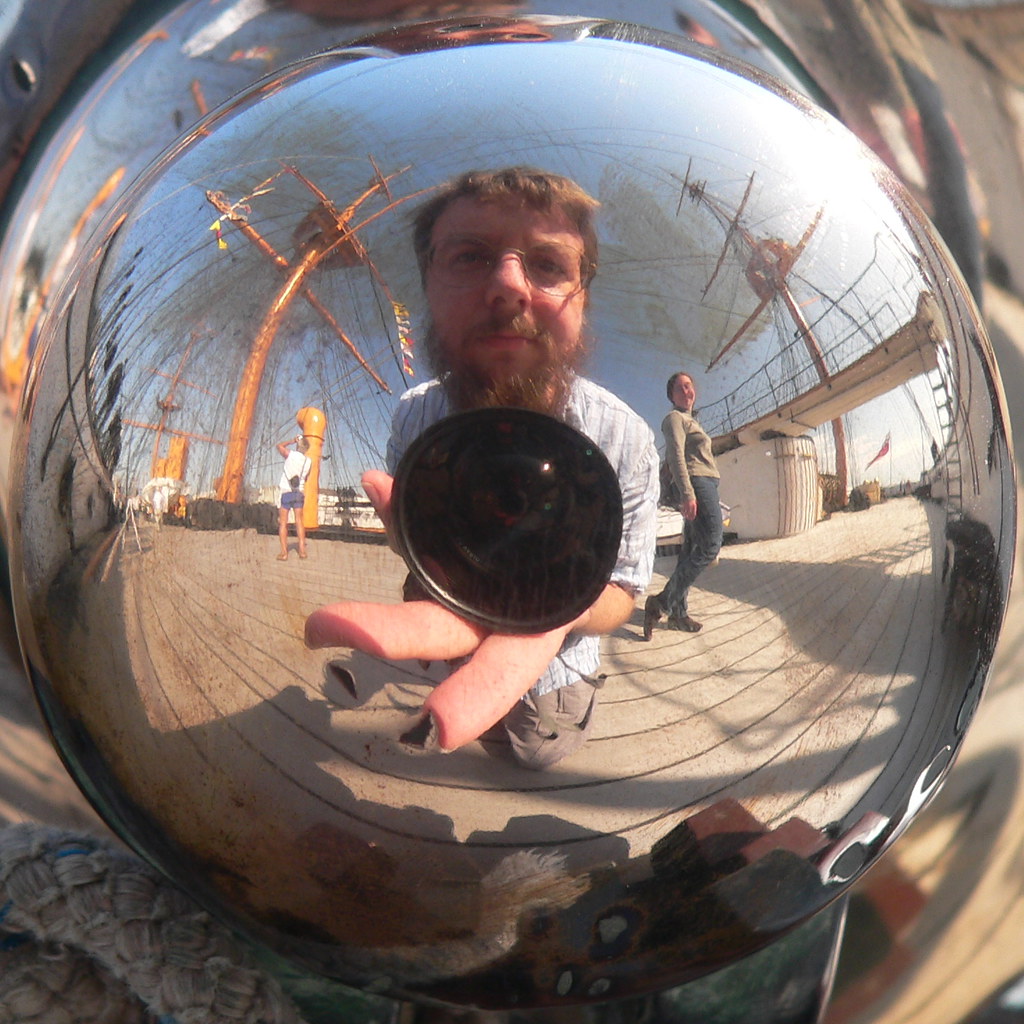We made a first pass at a sunspot viewer. Here there is a pin hole in a sheet of aluminum foil with a tiny image of the sun falling on the sheet of paper below. Effectively a simple pinhole camera. The sun's image is there, but is too small and faint to see any details.
Anyway, this is just a first pass. We will see what else we can come up with.
The solar activity effect on radio is supposed to be especially strong in the 10 meter wavelength. To look into this I made a half-wave dipole antenna under our back porch roof. It just fits if I angle it diagonally. It is made of two 16 gauge bare copper wires cut to the right length, soldered to a coaxial cable, and suspended with jute fiber. The length, 1/2 a wavelength, should make it more sensitive to the 10 meter band because of resonance. Along a full wavelength the wave travels from its "highest" to its "lowest" in the middle and back to its "highest" point at the other end. A half-wavelength reaches from the lowest to highest part of the wave. This antenna has two 1/4 wavelength sections. When one side is at its lowest the input from the other side should be at the highest, maximizing the difference detected in an signal from 10 meter wavelengths when the coaxial cable is plugged in.






No comments:
Post a Comment